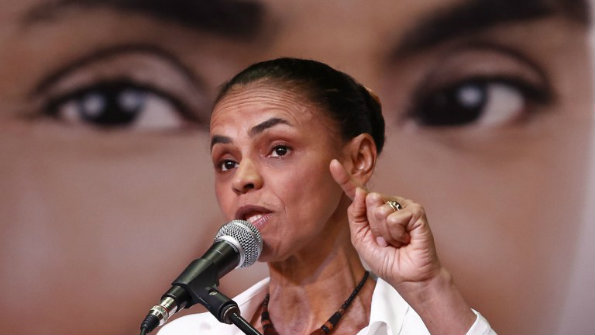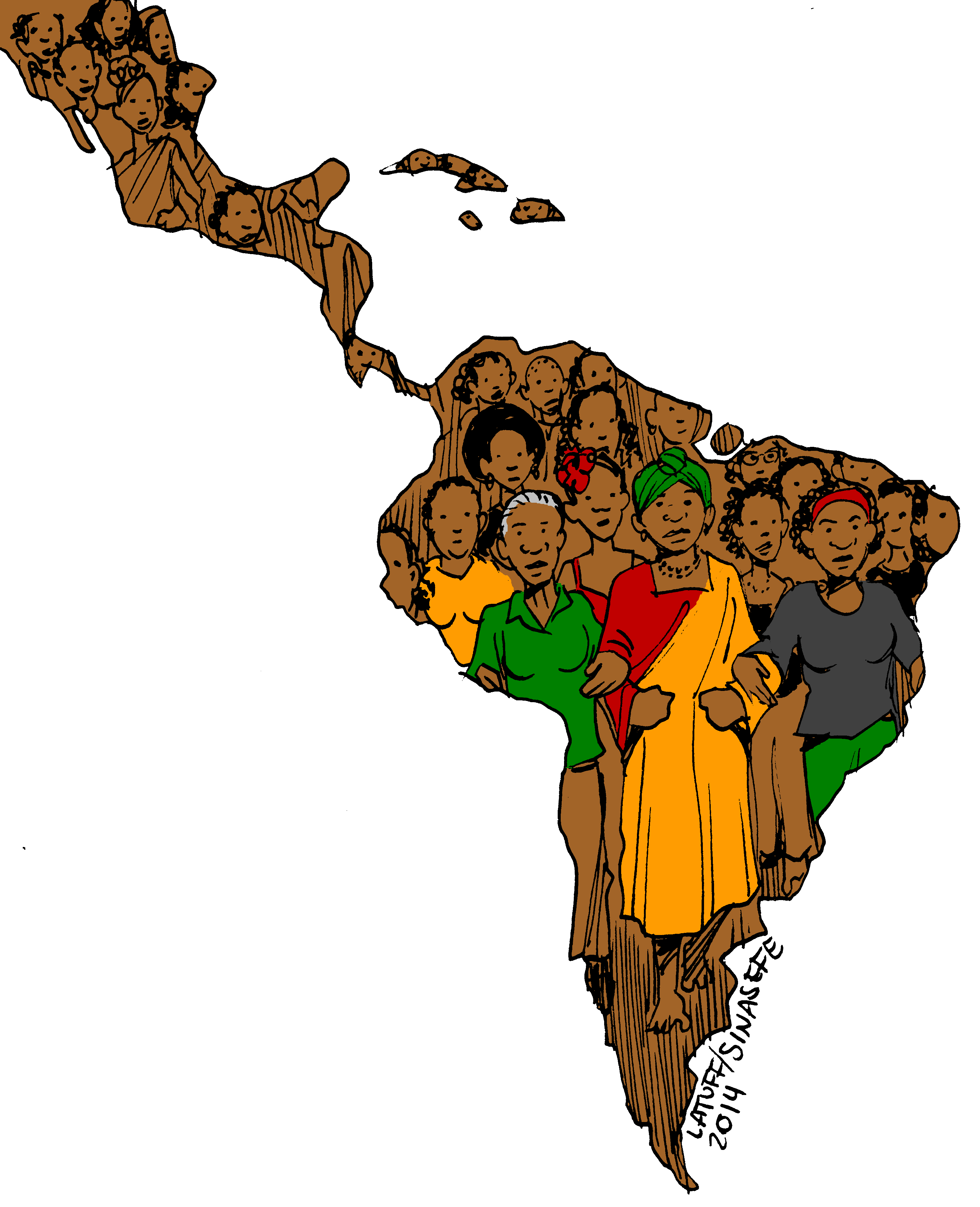We have an African thread so why not keep an updated thread on our brehs and brehettes in Latin America/ Carribean 
I think its important to bridge the gap in knowledge between Black Americans and Afro-Latinos/Carribeans. Countries like Jamaica, Trinidad, DR, Panama, Brazil, Colombia, Cuba and Puerto Rico have huge Black populations... over 112 million Black folk..huge consumer base with rich culture....the potential if Black America linked up with them for business is too huge not to research further.
I know many people have traveled to many of these countries for the women and scenery but I'd like the focus to also be:
1. Photos and videos of areas with high concentration of Afro-Latinos/Carribeans
2. Investment opportunities- real estate, private investment, stock exchanges
3. Media- music, movies, etc
4. Social media- links to Afro-Latino/Carribeans sites and networks
5. Trade- What business and trade deals are these Caribbean and Hispanic countries making with other countries

@blackzeus @Tommy Knocks @GreatestLaker @Malta @4fossa @KidStranglehold @Angelic Servers if yall have any photos, news, sites, articles, graphs, youtube videos to get this started, it would be appreciated.
@2Quik4UHoes if you have any good info on the Rastas in Ethiopia, that would be
@cook @concise @Always-Right Liggins @midwesthiphop @BarNone can we get a sticky?

I think its important to bridge the gap in knowledge between Black Americans and Afro-Latinos/Carribeans. Countries like Jamaica, Trinidad, DR, Panama, Brazil, Colombia, Cuba and Puerto Rico have huge Black populations... over 112 million Black folk..huge consumer base with rich culture....the potential if Black America linked up with them for business is too huge not to research further.
I know many people have traveled to many of these countries for the women and scenery but I'd like the focus to also be:
1. Photos and videos of areas with high concentration of Afro-Latinos/Carribeans
2. Investment opportunities- real estate, private investment, stock exchanges
3. Media- music, movies, etc
4. Social media- links to Afro-Latino/Carribeans sites and networks
5. Trade- What business and trade deals are these Caribbean and Hispanic countries making with other countries

@blackzeus @Tommy Knocks @GreatestLaker @Malta @4fossa @KidStranglehold @Angelic Servers if yall have any photos, news, sites, articles, graphs, youtube videos to get this started, it would be appreciated.
@2Quik4UHoes if you have any good info on the Rastas in Ethiopia, that would be

@cook @concise @Always-Right Liggins @midwesthiphop @BarNone can we get a sticky?
Last edited:














 Book is actually pretty funny in some parts, especially in light of the subject matter.
Book is actually pretty funny in some parts, especially in light of the subject matter.


 You could make money doing private mortgages because in most of Latin America rates are like around 18%. So meaning that if you did a $10,000 mortgage that's $1,800 in interest a year, if you had 10 properties that's $18,000 a year, even if you work at the mall you can save $5K a year, and in 20 years be set up to retire in a Caribbean country. Simple things related to warm weather like ice distribution and refrigerated trucking is also a good business.
You could make money doing private mortgages because in most of Latin America rates are like around 18%. So meaning that if you did a $10,000 mortgage that's $1,800 in interest a year, if you had 10 properties that's $18,000 a year, even if you work at the mall you can save $5K a year, and in 20 years be set up to retire in a Caribbean country. Simple things related to warm weather like ice distribution and refrigerated trucking is also a good business. Really in Latin American outside of Mexico I don't really see a booming movie industry, Brazil does its thing here and there, but really I don't think the Caribbean entertainment business is for Coli brehs
Really in Latin American outside of Mexico I don't really see a booming movie industry, Brazil does its thing here and there, but really I don't think the Caribbean entertainment business is for Coli brehs Nikka they are on twitter and facebook just like everybody else. Most definitely though the way to communicate is messaging apps like Whatsapp or Viber
Nikka they are on twitter and facebook just like everybody else. Most definitely though the way to communicate is messaging apps like Whatsapp or Viber



